ACKNOWLEDGMENTS
T HIS BOOK has been in the works since the summer of 2008, when I wrote a profile of Nick Saban for Forbes magazine. In the intervening years, I have met with him on one other occasion, and have talked to him on the phone numerous times. All quotes from Sabanand anyone elsein this book, unless otherwise noted, were made directly to me.
I interviewed more than 250 people for this book. Not all of them made the final manuscript by name (some by choice), but each and every one of them helped.
For research, I combed through countless newspaper and magazine stories written about Saban and the games he coached. I stand on the shoulders of the men and womenfeature and beat writerswho tapped out these stories.
A special thanks goes to the journalists who were generous enough to provide advice and encouragement and, on certain occasions, even sit for interviews (not always a palatable thing for a journalist to do). Brad Stone, Steve Bertoni, Randall Lane, Coates Bateman, Michael Solomon, Tom Post, Kurt Badenhausen, Dan Bigman, Jon Fahey, Nathan Vardi, Daniel Kruger, Larry Reibstein, David DiBenedetto, Tommy Tomlinson, Tom Bie, Louis Riddick, Tom Luginbill, Jeremy Crabtree, Greg Gabriel, Gil Brandt, Carl Hiaasen, Sam Sifton, Winston Groom, Warren St. John, Jack Ebling, Chris B. Brown, Dave Revsine, John U. Bacon, Paul Finebaum, Cecil Hurt, Aaron Suttles, Michael Casagrande, Duane Rankin, Jason Cole, Hal Habib, Ethan Skolnick, and Dave Hyde were all particularly helpful.
Linda Carrington, Charlie Ernst, Dana Gibson, Rammy and Courtney Harwood, Hann Livingston, Steve and Patty Huff, Dave Berman, Paul Weamer, Bob Rich, Mike Spinney, Frank Crescitelli, Joe Moglia, Tom Olivadotti, Sue Radlauer, John Peck, John D. Colombo, Shelby Gaines, and Justin and Chris Burke all provided invaluable help, in one way or another, with this project.
My agent, Richard Pine, is my lodestar. Working with him has always been one of my favorite things about this business.
My sincerest gratitude goes to everyone at Simon & Schuster, but especially to Jofie Ferrari-Adler, who made this project come to life, then made it much better. Having an editor of his talent and enthusiasm is something to be treasured.
Charles Gaines and Sid Williamson read drafts of this book and both offered very wise counsel and encouragement.
This book is also dedicated to the memory of Peter Zecher and to that of my father, Donald, whose spirit will always be with me.
My mother, Hansell, has always been my biggest cheerleader, showering me with unconditional love.
My wife, Heidi, and our three daughters are simply the loves of my life and make everything worth it.
ALSO BY MONTE BURKE
4th & Goal
One Mans Quest to Recapture His Dream
Sowbelly
The Obsessive Quest for the World-Record Largemouth Bass
Leaper
The Wonderful World of Atlantic Salmon Fishing (co-editor)

HEIDI BURKE
MONTE BURKE is a staff writer at Forbes magazine and has also written for the New York Times , Outside , Mens Journal , Town & Country , and Garden & Gun , among many other publications. He is the author of the books 4th & Goal and Sowbelly and is a recipient of Barnes & Nobles Discover Great New Writers Award. He grew up in New Hampshire, Vermont, North Carolina, and Alabama, and now lives in Brooklyn with his wife and three daughters.
 @MonteBurke
@MonteBurke
 MonteBurkeWriter
MonteBurkeWriter
www.MonteBurke.com
MEET THE AUTHORS, WATCH VIDEOS AND MORE AT
SimonandSchuster.com
authors.simonandschuster.com/Monte-Burke
BIBLIOGRAPHY
Anderson, Lars. The Storm and the Tide: Tragedy, Hope, and Triumph in Tuscaloosa . New York: Sports Illustrated Books, 2014.
Barra, Allen. The Last Coach: A Life of Paul Bear Bryant . New York: Norton, 2005.
Bly, Robert. Iron John: A Book About Men . Reading, PA: Addison-Wesley, 1990.
Finebaum, Paul, and Gene Wojciechowski. My Conference Can Beat Your Conference: Why the SEC Still Rules College Football . New York: HarperCollins, 2014.
Groom, Winston. The Crimson Tide: An Illustrated History of Football at the University of Alabama, National Championship Edition . Tuscaloosa: University of Alabama Press, 2010.
Halberstam, David. The Education of a Coach . New York: Hyperion, 2005.
McAteer, Davitt. Monongah: The Tragic Story of the Worst Industrial Accident in U.S. History . Morgantown: West Virginia University Press, 2007.
Moore, Mal M., with Steve Townsend. Crimson Heart: Let Me Tell You My Story . Birmingham, AL: Mal and Charlotte Moore Crimson Heart Foundation, 2014.
Saban, Nick, with Brian Curtis. How Good Do You Want to Be? A Champions Tips on How to Lead and Succeed at Work and in Life . New York: Ballantine Books, 2005.
Saban, Nick, with Sam King. Tiger Turnaround: LSUs Return to Glory . Chicago: Triumph Books, 2002.
1
The Diamond
N ICK SABAN started recruiting in 1962. He was ten years old.
He was acting on behalf of his father, Big Nick Saban, who was the founder, general manager, head coach, and director of transportation of the Idamay Black Diamonds, a Pop Warner football team in West Virginia. The father-son duo canvassed the elementary and middle schools that served Monongah (where the Sabans lived), Idamay, Farmington, Carolina, Worthington, and Hutchinsonthe tiny coal-mining satellite towns surrounding the big city of Fairmont, which was the areas commercial hub. Big Nicks recruiting pitch to the ten- to fifteen-year-old boys was straightforward: Im forming a Pop Warner football team. I can teach you to play the game of football and get you prepared for your high school team . Saban, working his way through the schools grade by grade, appealed more to the hearts and minds of his peers: Weve got football, cheerleaders, and ice cream . Both approaches worked.
In the next decade, hundreds of boys would play for the Black Diamonds and the teams exceedingly demanding and intense coach. Those boys would earn countless victories but draw very little praise for those achievements.
Even years later, opinions about Big Nick are complicated and varied. He was, frankly, a total dick, says one former Black Diamond. Others, like Kerry Marbury, who played for Big Nick in the mid-1960s, view him differently. It was just tough love. We always knew he cared for us.
Regardless of how they felt about him, Big Nicks former players all agree on one thing: The man played an unusually significant role in their young lives.
His biggest impact, though, would be on his only son.
Nick Sabans hometown is located right on top of a band of coal-rich earth that extends from Pennsylvania to Alabama. By the late nineteenth century, with the steel industry, steamships, and electrical grids in cities all needing coal for fueland with newly laid railroad tracks enabling coal producers to meet that demandthis small nook in West Virginia became one of the countrys top coal producers. It also became the site of a tragedy.
At 10:20 a.m. on December 6, 1907the Catholic calendars Feast of St. Nicholastwo massive explosions destroyed the Fairmont Coal Companys Nos. 6 and 8 mines in Monongah. Officially, 362 men were killed, though the number was likely higher since many of the bodies within the mines were never recovered. The blasts are believed to have been set off by a string of coal cars that broke loose and rolled back into the mouth of the No. 6 mine. The Monongah Mining Disaster, as it became known, remains one of the biggest industrial accidents in American history.

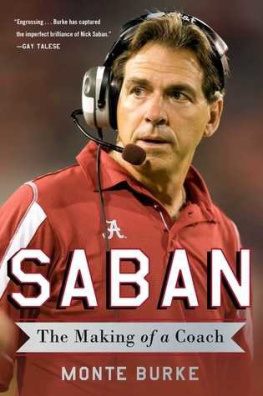


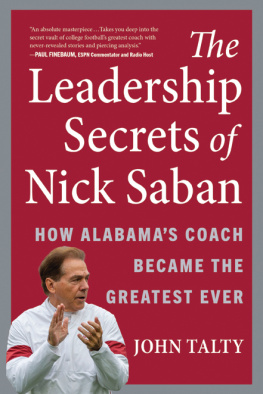
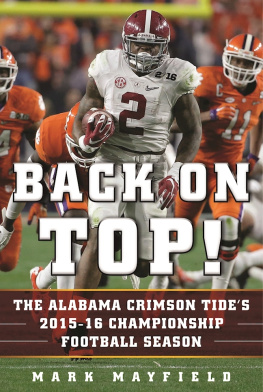
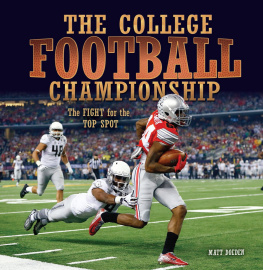
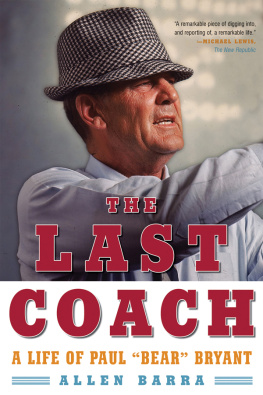
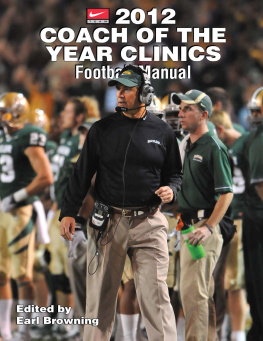

 @MonteBurke
@MonteBurke MonteBurkeWriter
MonteBurkeWriter